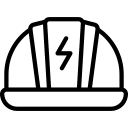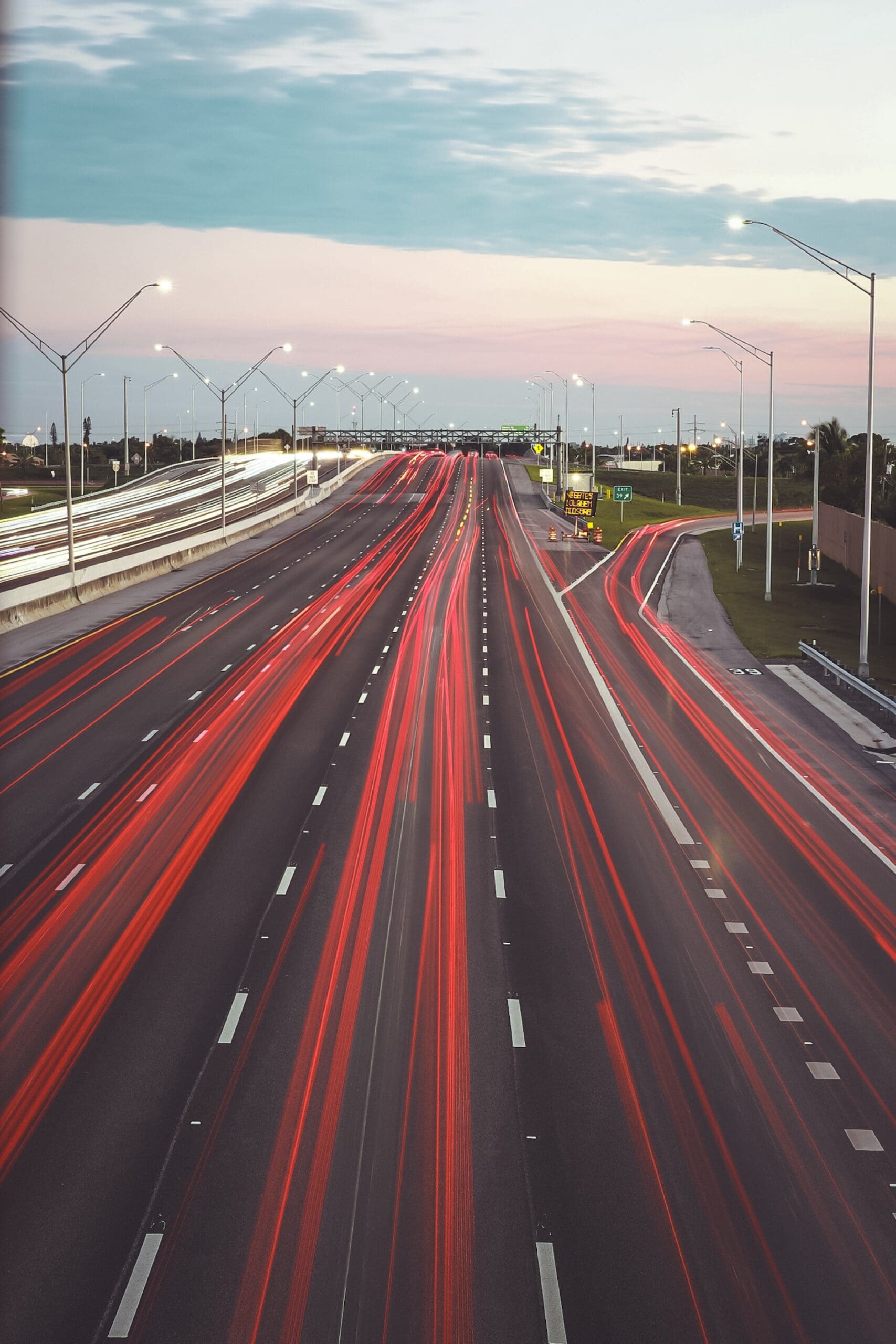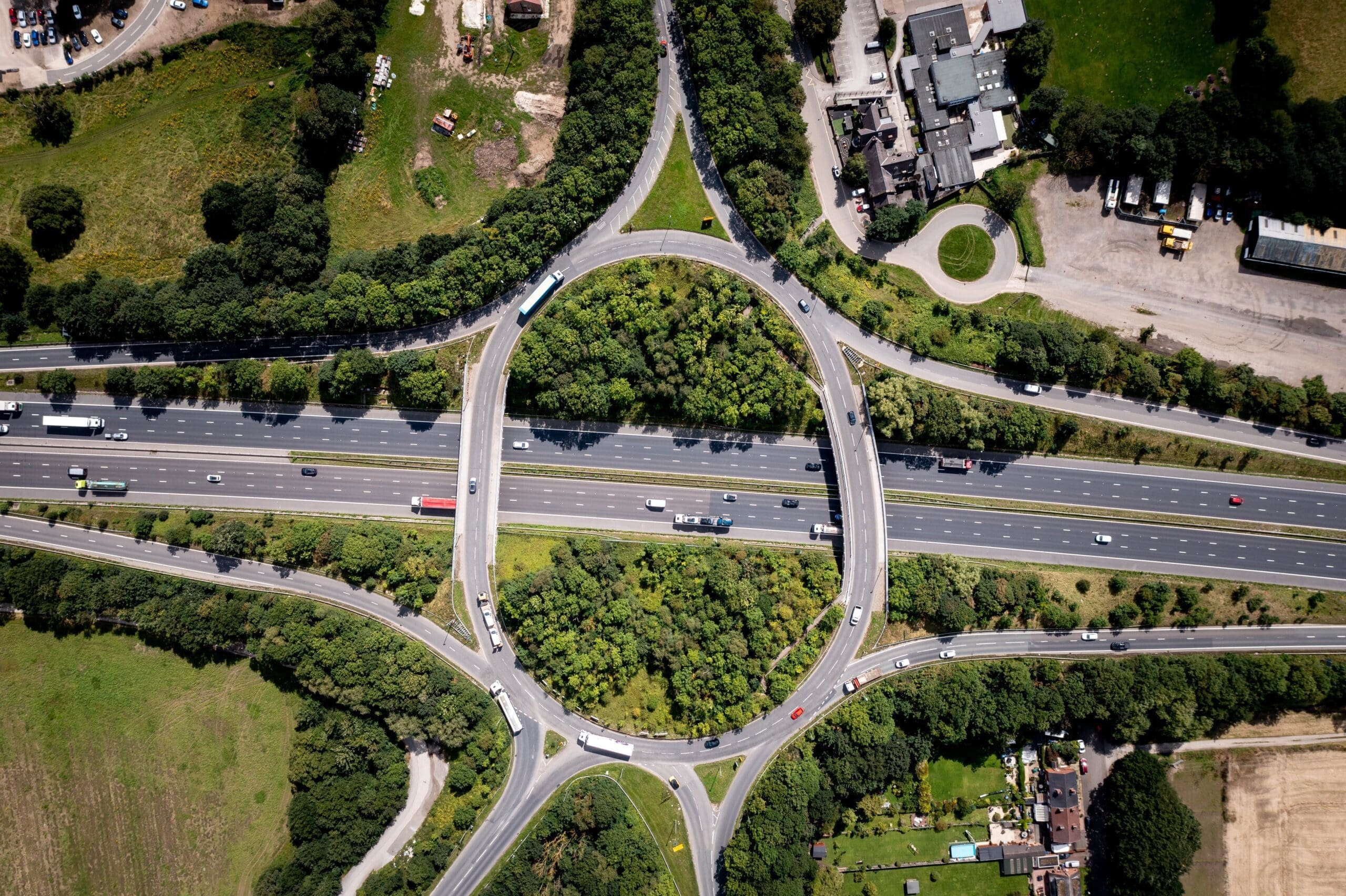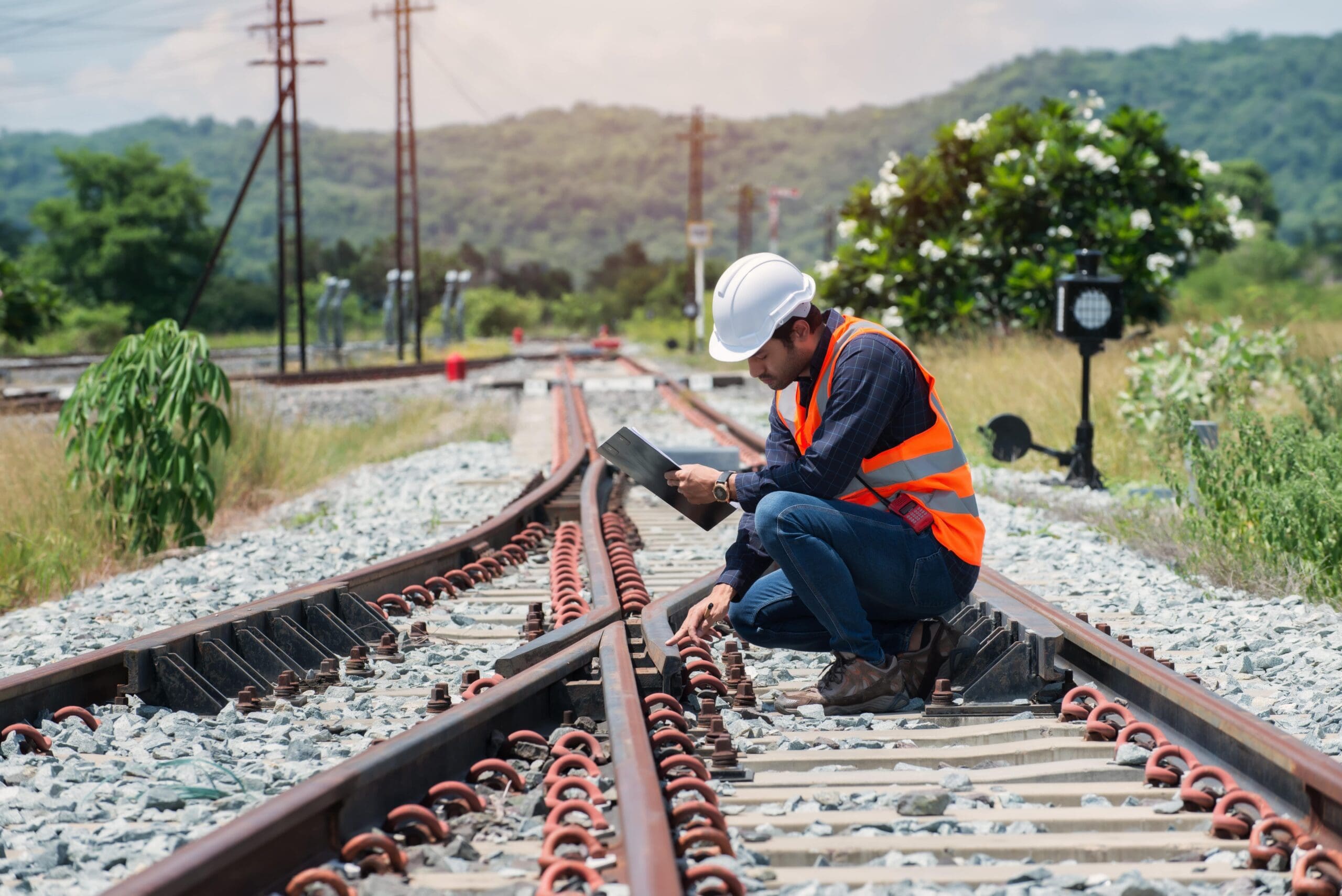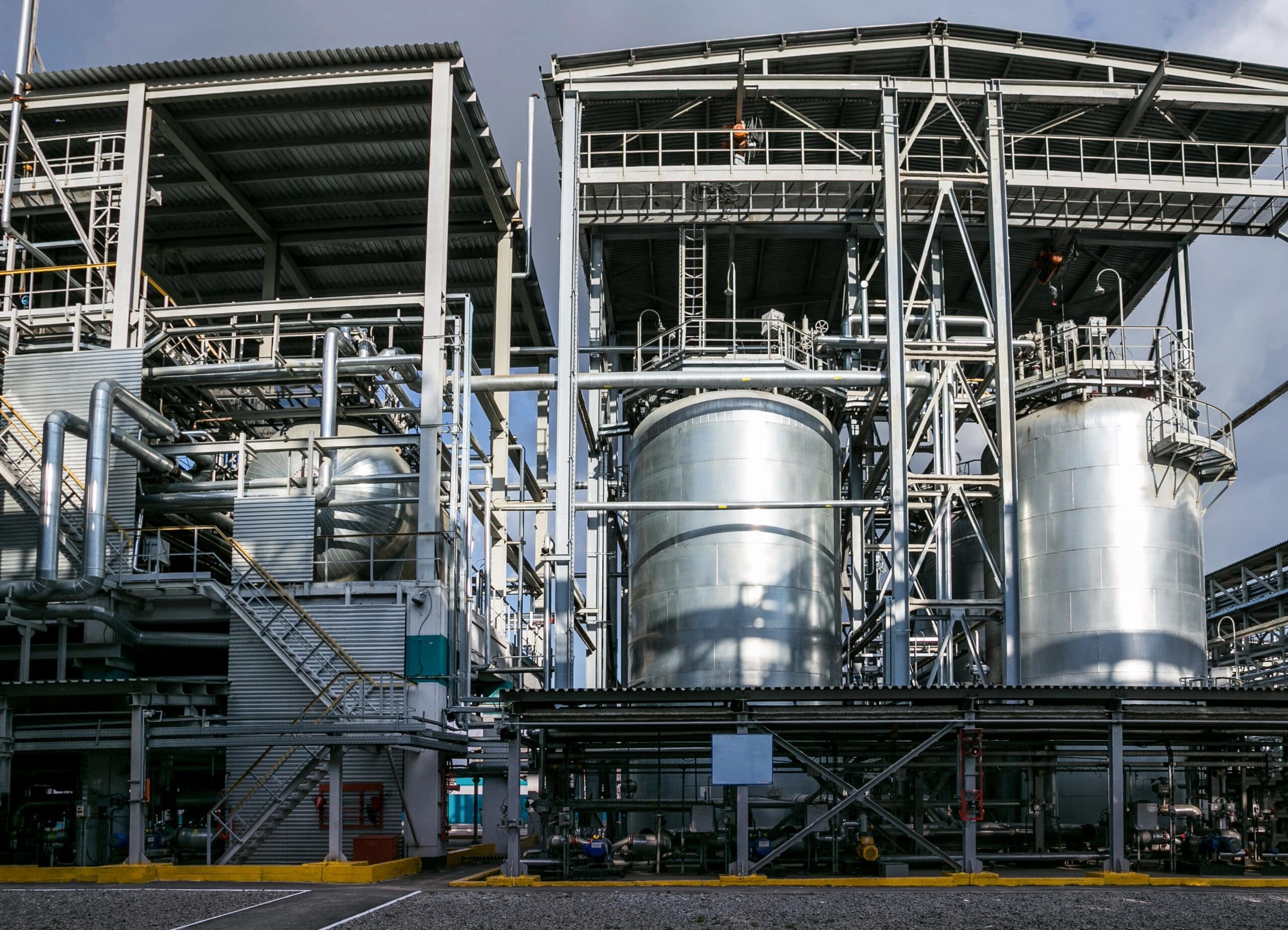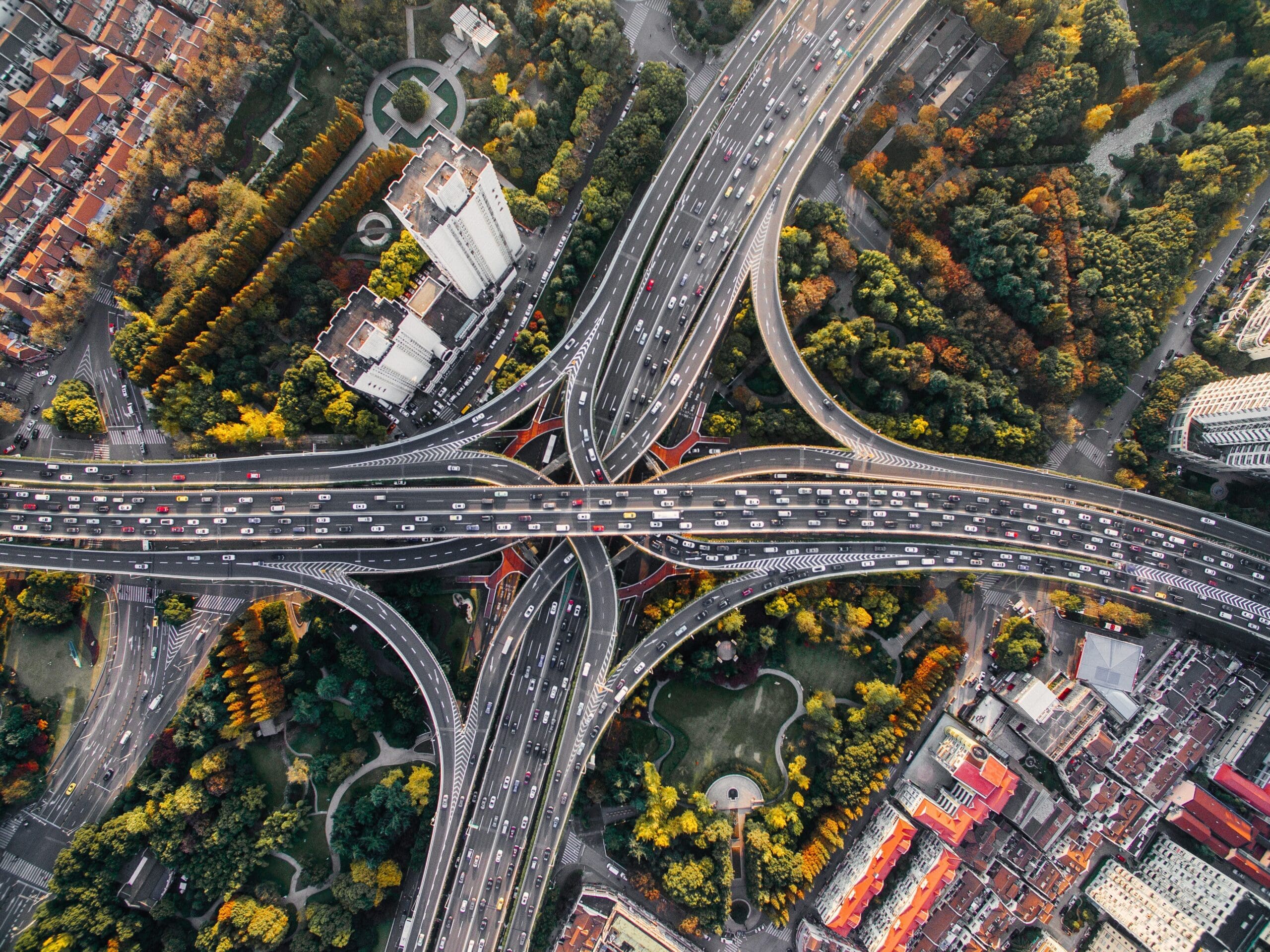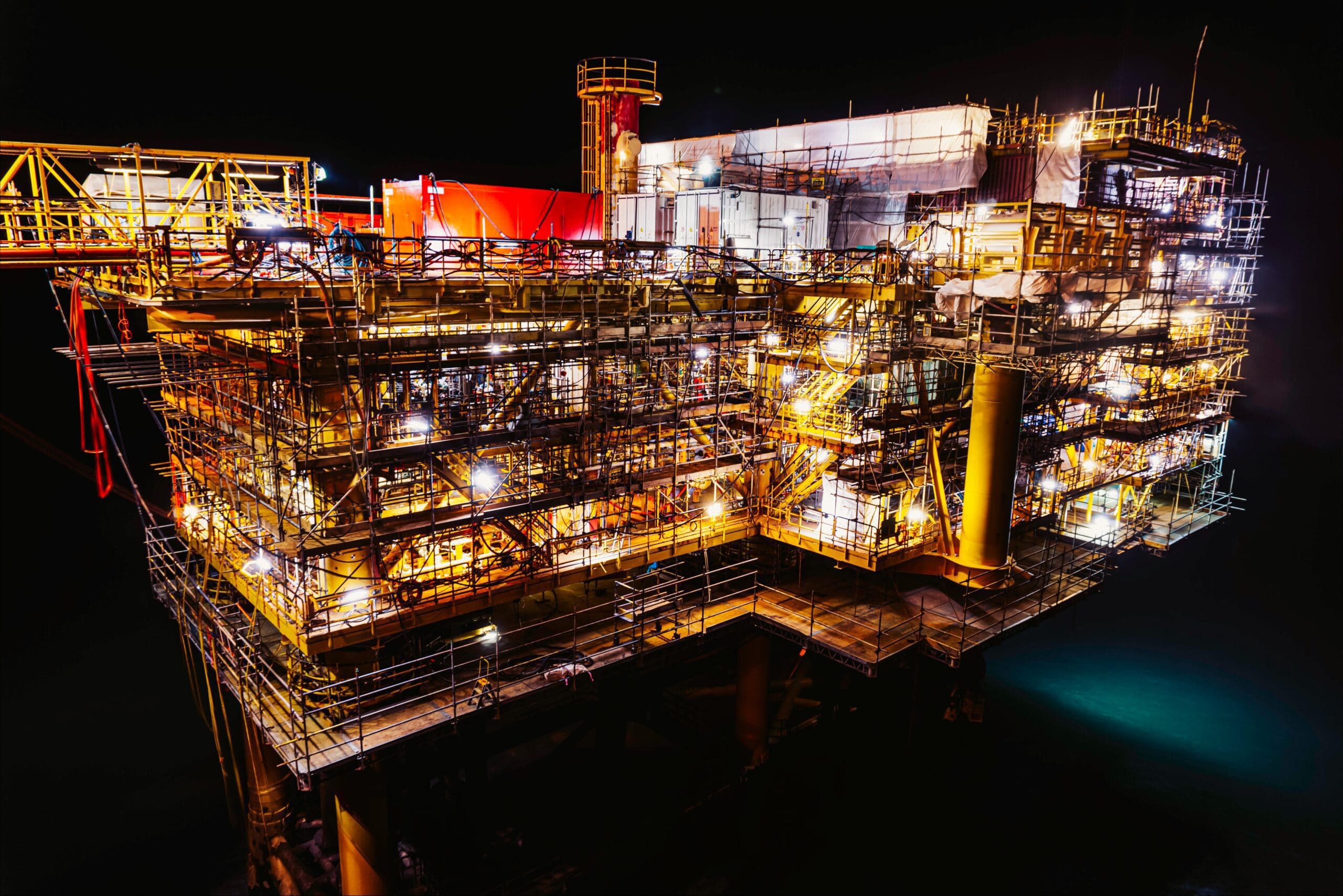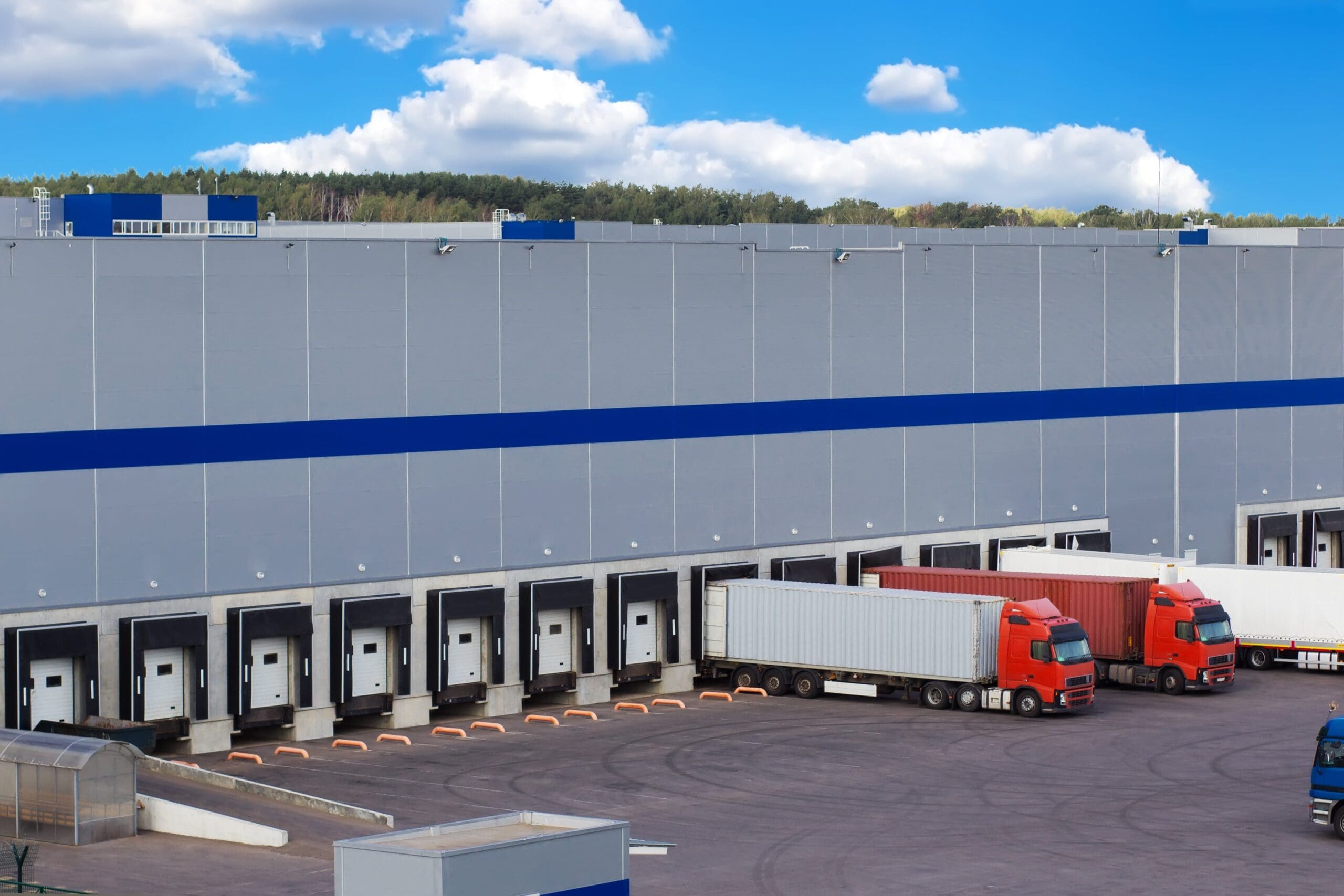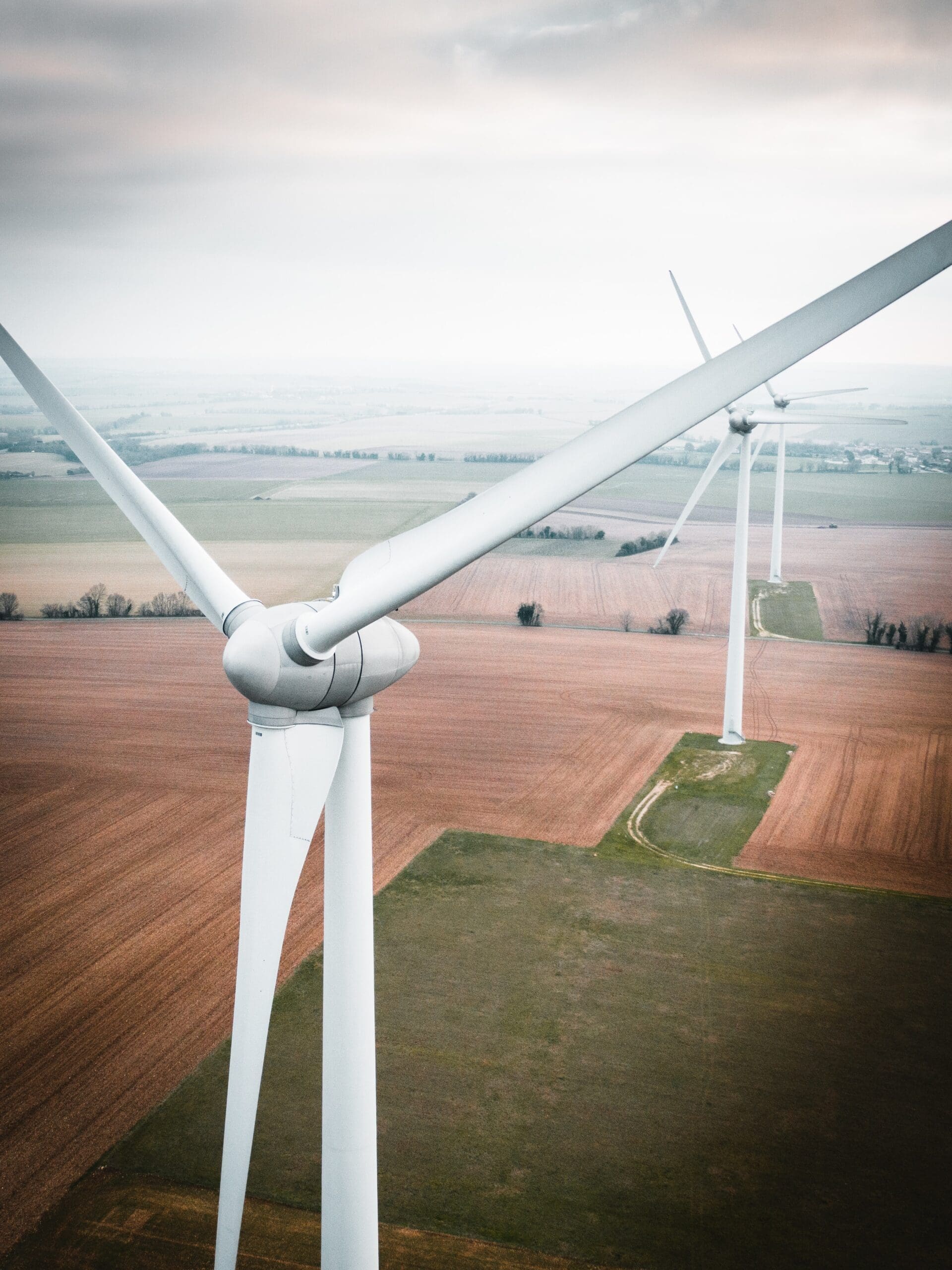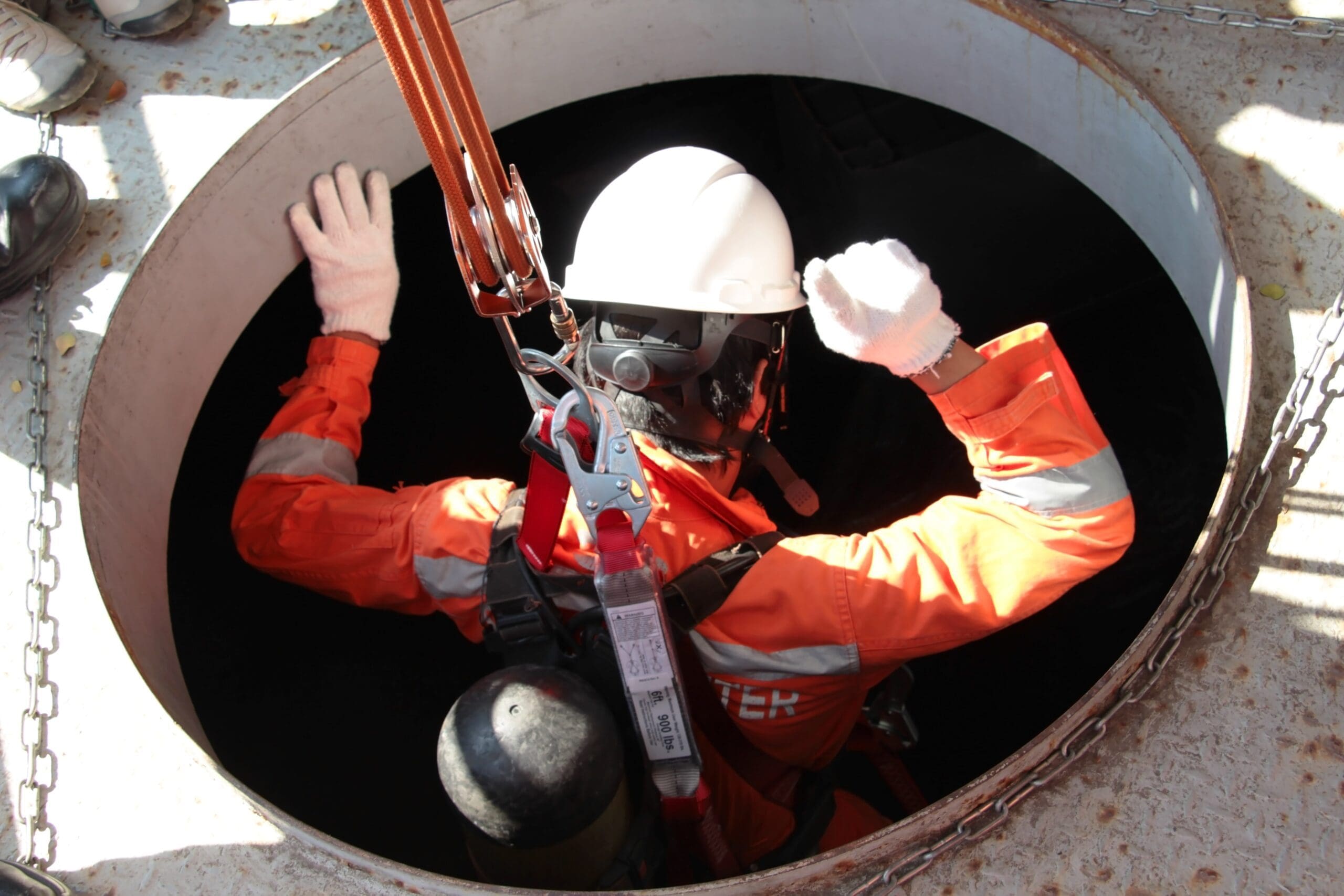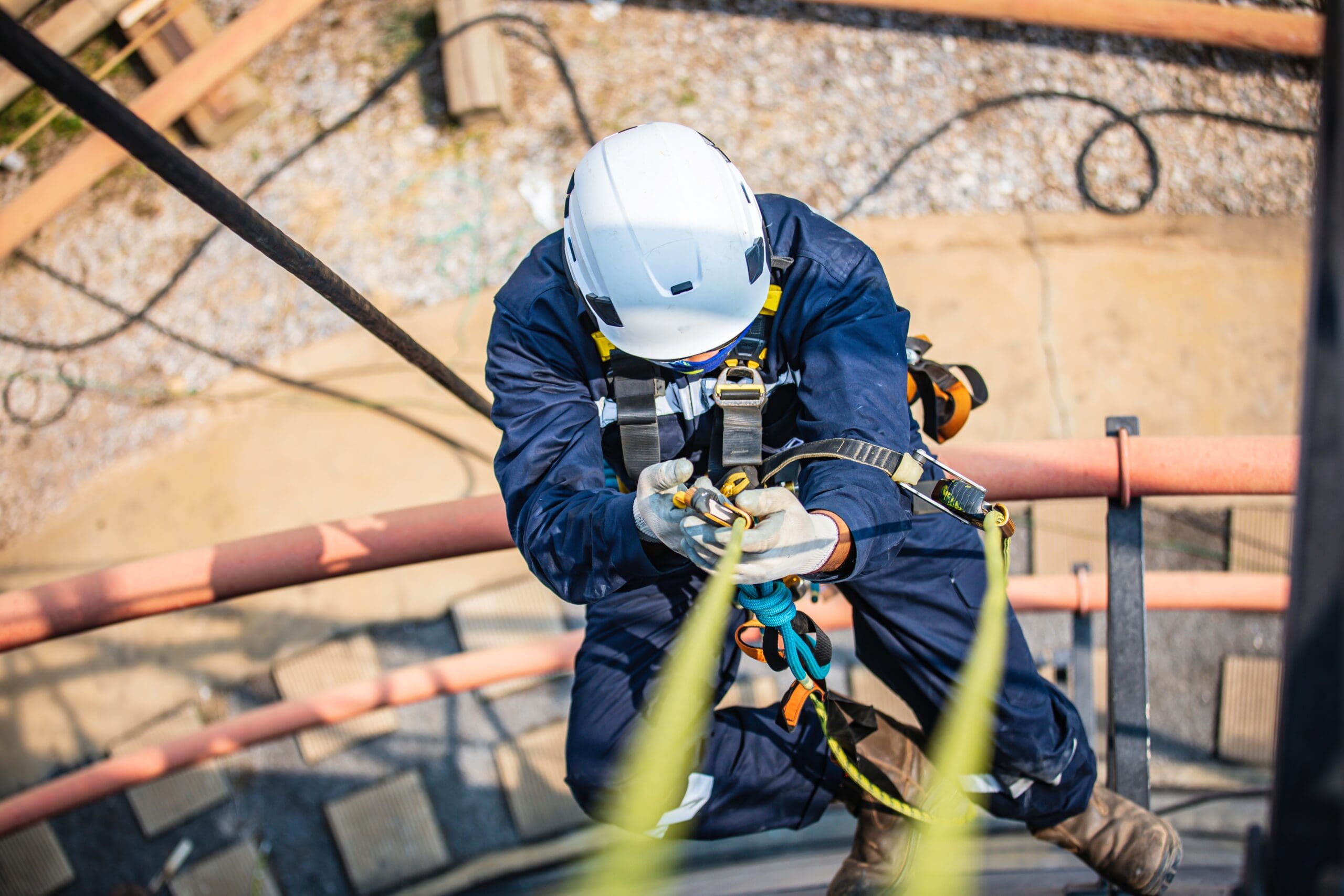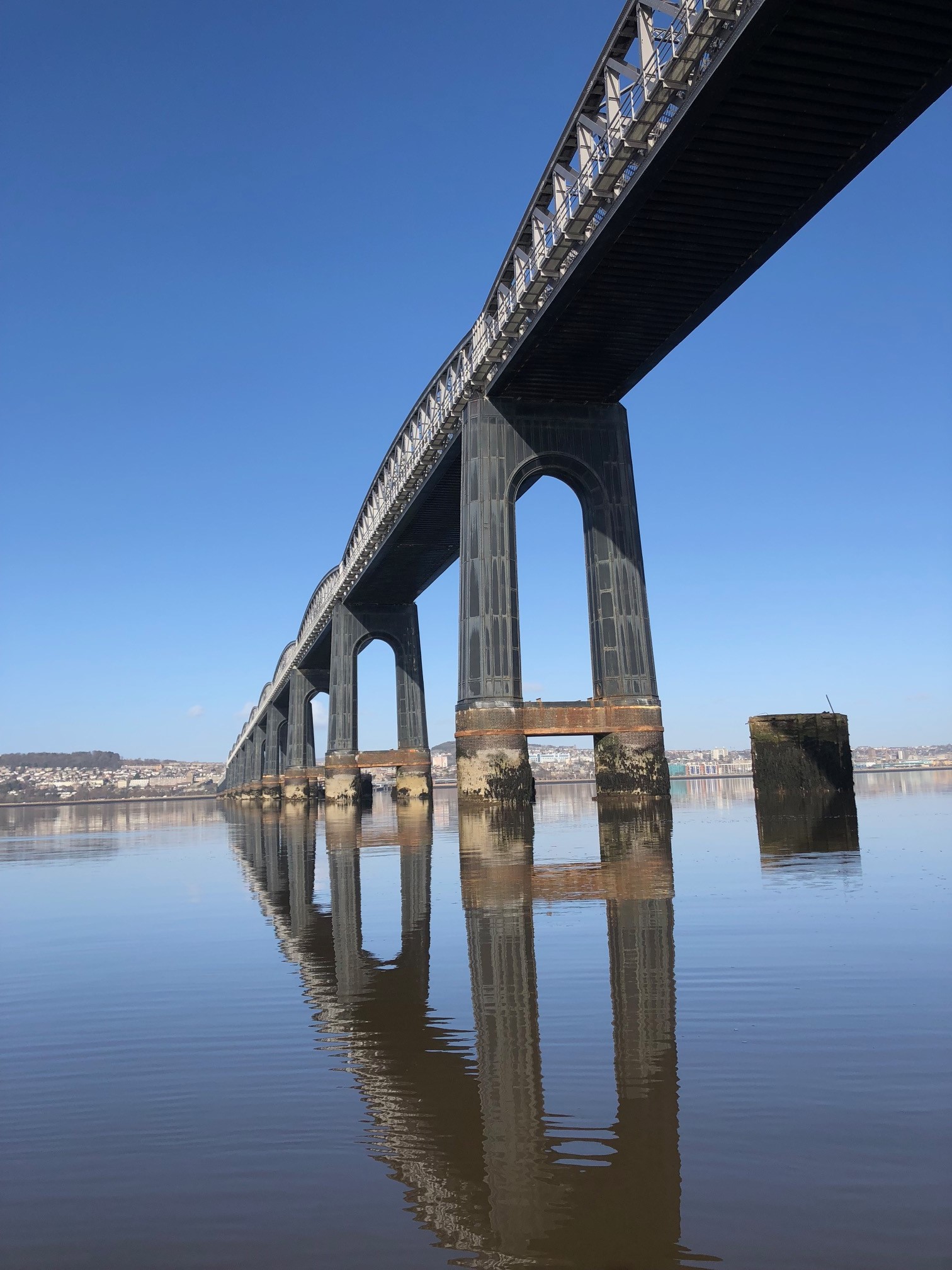Specialist Access Services
Drone Inspections
Drone Inspections & Surveys to help clients safely evaluate the integrity of high-altitude, submerged or restricted access Infrastructure.
Explore how we work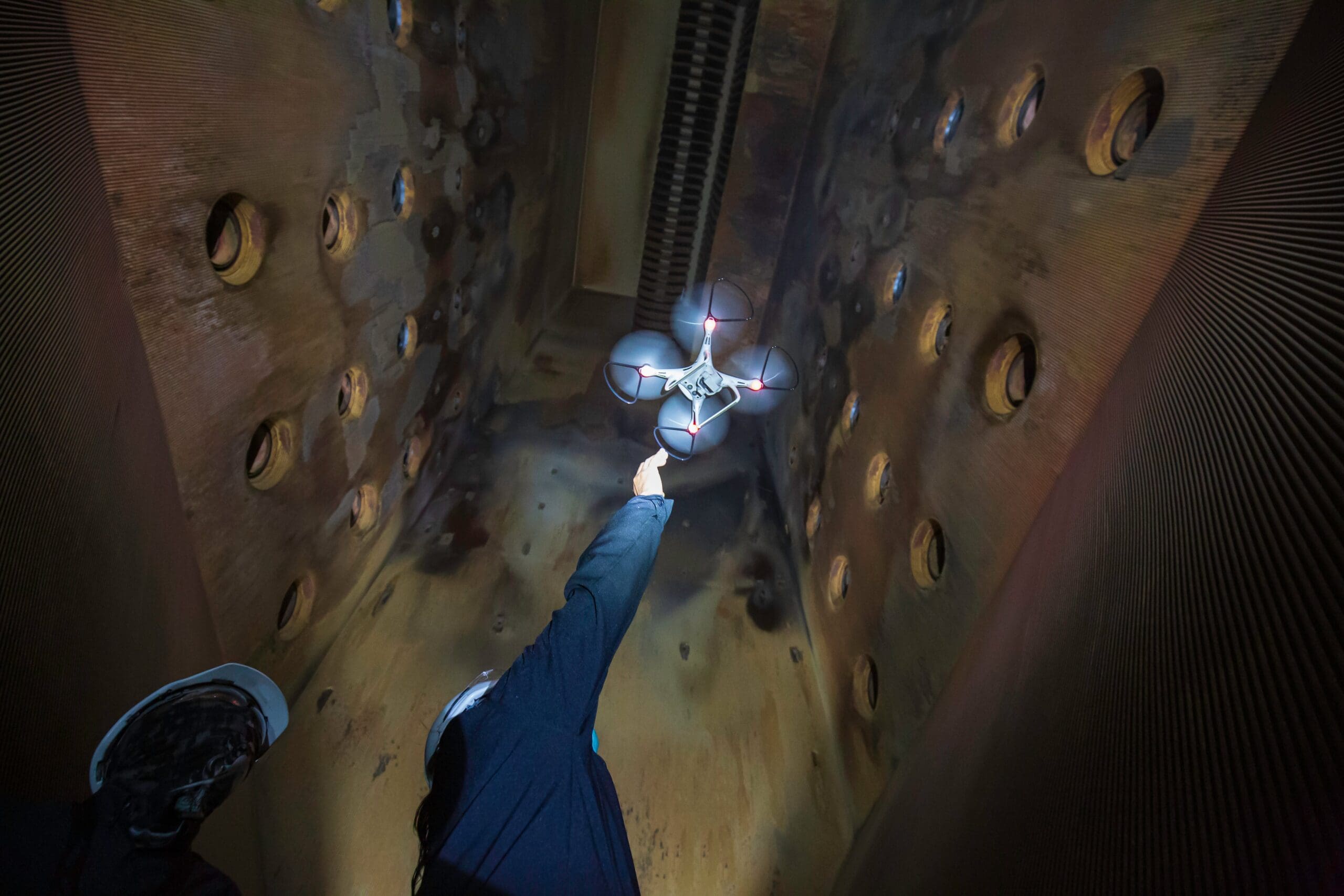
Interested? Let’s talk.
Send us an enquiry
What are Drone Inspections?
Leveraging Unmanned Aerial Vehicles (UAVs) and Remotely Operated Vehicles (ROVs) for safe access to challenging environments. We provide Drone Inspections to enable engineers to carry out detailed structural investigations and critical inspections and surveys for assets located in challenging environments. As members of the Civil Aviation Authority, we pride ourselves on industrial safety and compliance.
Our Drone Inspection and Surveys provide comprehensive insights to help clients maintain their Infrastructure’s structural safety and integrity. Utilising advanced visualisation, our team provide accurate and reliable Infrastructure Inspections in areas deemed difficult to reach via traditional access methods. Engineers then review processed data to clearly identify any necessary remedial measures to ensure the safety reliability and integrity of your structural assets. Our team may utilise Drones to assess roof areas, bridges, culverts, and assets in remote locations.
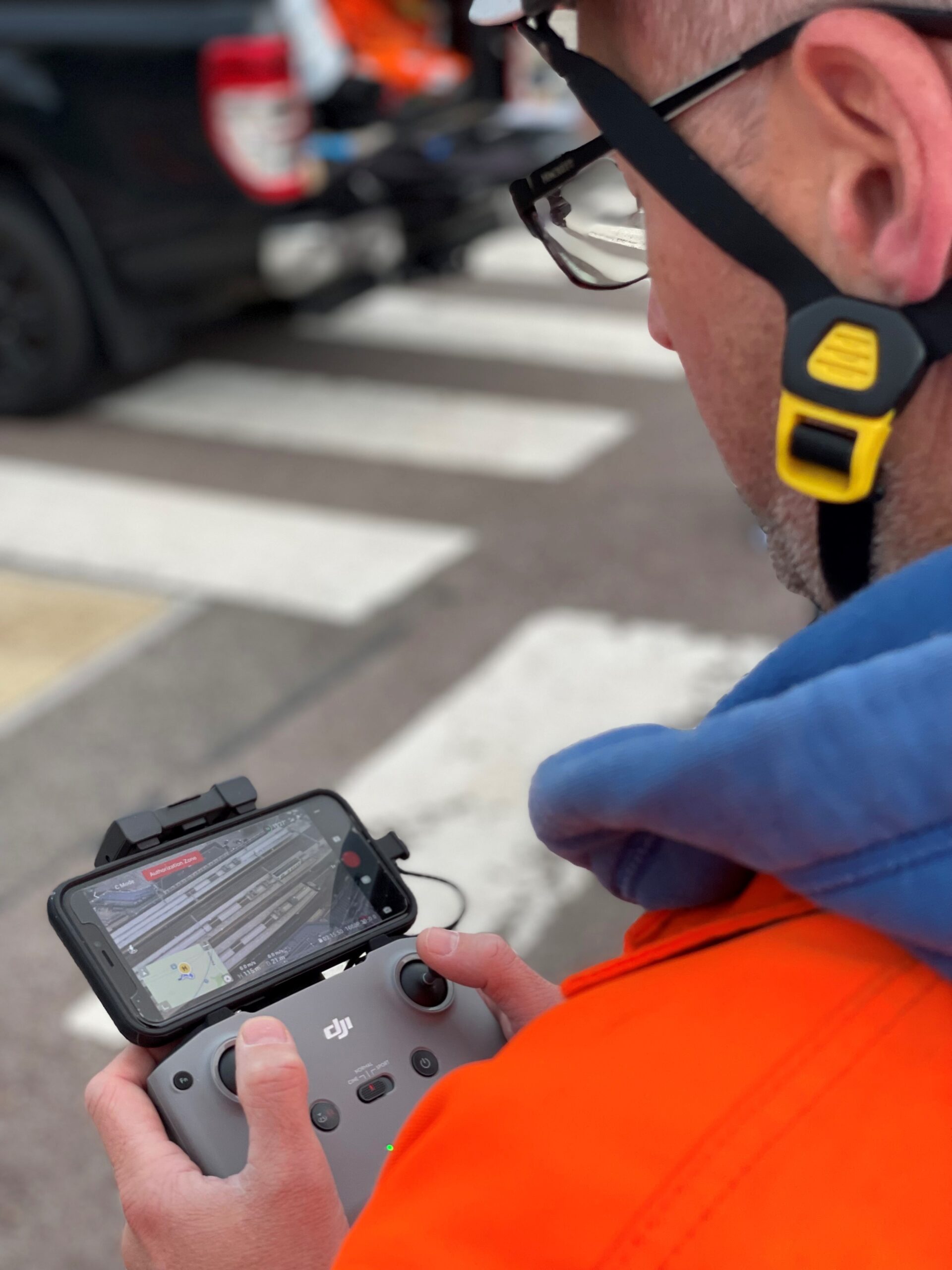
Who we’ve partnered with...





Key benefits of Drone Inspections and Surveys
Versatility and adaptability
Our drones navigate various environments and adapt to different tasks without being impeded by terrain or infrastructure. Our engineers may utilise Photogrammetry, 3D Modelling or Thermal Imaging to further analyse data.
Safer form of access
An efficient solution for safer structural inspections where traditional methods are unsuitable. This reduces the risks of falls, accidents, and restricts exposure to confined spaces in line with HSE Guidelines.
Bespoke reporting
We create comprehensive reports including high-resolution images, videos and structural inspection results, and any suggested remedial actions.
Advanced data quality
Featuring multispectral, hyperspectral sensors, thermal cameras, or LiDAR technology to offer thorough inspections in unique environments.
Rapid response
Rapid deployment means clients can benefit from real-time data collection and prompt assessment during emergencies whilst bypassing any environmental constraints.
Let's talk about Drone Inspection Services
Send one of the team a message
Not seeing what you expected?
Try using our search
Explore what our clients say
How we'll work with you
Using traditional methods to inspect high-altitude structures and assets with restricted access can be complex, costly, and hazardous. In many instances, these structures are inaccessible to humans or would require either operational downtime or specialised entry permits.
Using Drone Inspections and Surveys, we provide detailed, comprehensive Infrastructure Inspections. Our engineer-led team review and interpret processed data from Drone Inspections & Surveys to assess the condition of assets and provide necessary remedial recommendations. We also provide a post-inspection review and documentation for future reference.
By utilising our compact unmanned inspection systems, we offer a versatile, rapid and efficient method of accessing structures across:
- High-altitude environments: e.g. Bridges, wind turbines, power lines and offshore platforms.
- Confined spaces:g. Storage tanks, pipelines, ventilation shafts, pipe systems and culverts. Learn more about our confined space operations.
- Hazardous environments: g. Accessing Environments that include toxic gases, dangerous substances, or extreme temperatures to assess structures.
- Underwater environments: e.g. Accessing structures submerged in water or environments where silt, water and other debris prevent traditional access methods such as diving.
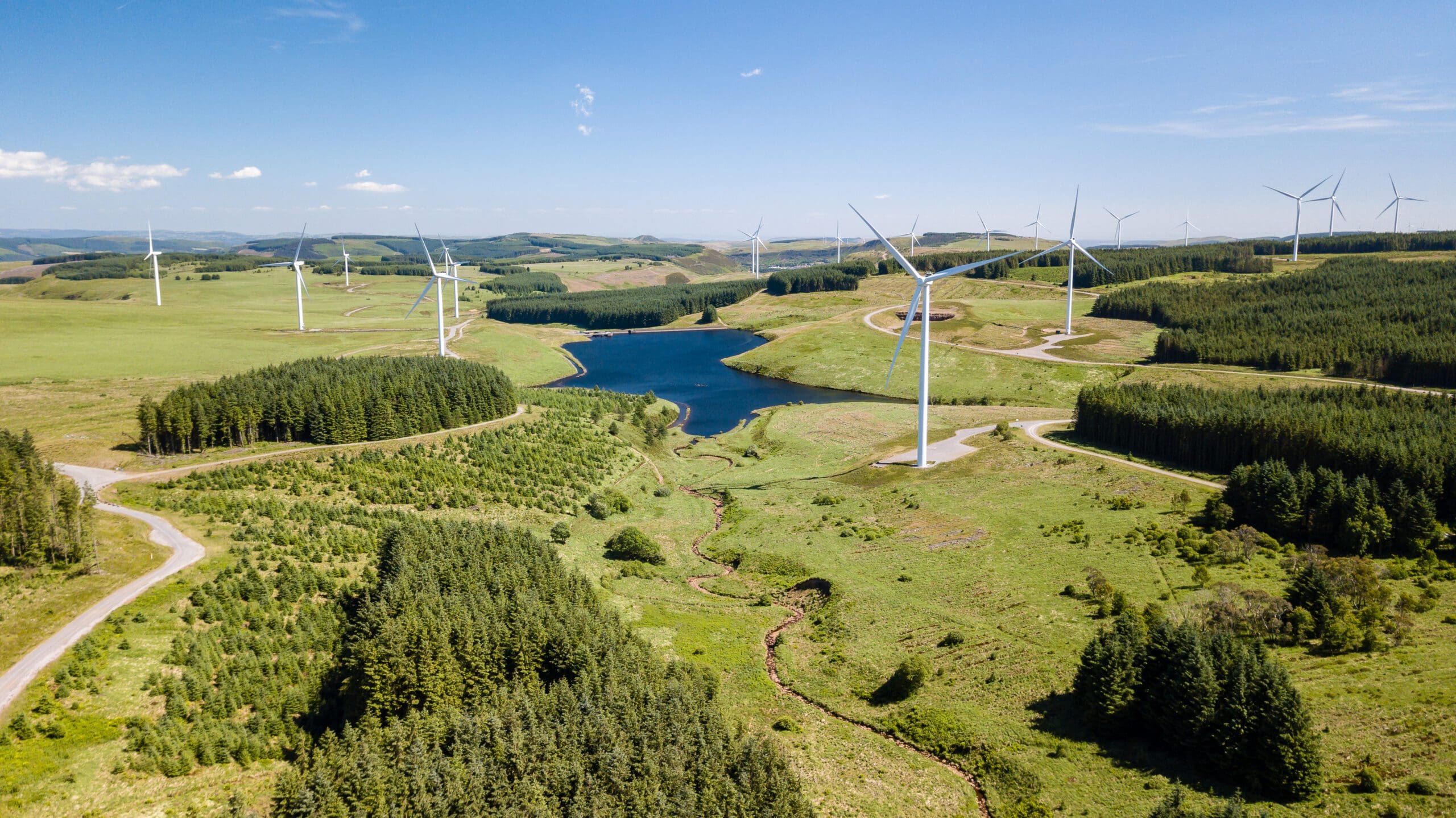


Drone Inspection & Surveys from BES Group
We work with DAKK Engineering for custom-built CCTV Inspection Systems developed for unrivalled accuracy, reliability and adaptability. As infrastructure specialists, we’re committed to utilising innovative, versatile access methods to ensure detailed Structural Inspections, Investigations and Surveys. Depending on the environment, or challenge, our engineers may utilise additional features such as:
Advanced Visualisation
High resolution cameras to facilitate high quality stills and videos
Advanced Data Processing
3D Modelling & Thermal Imaging Analysis may be used to identify anomalies
Innovative Technology
Multispectral and Hyperspectral sensors are used alongside LiDAR technology for improved data quality.
Mapping & Surveying
To provide accurate data about transport networks to clients, we utilise UAV’s to access tracks, roads or waterways. This facilitates inspections across inaccessible or busy areas. Learn more about our digital surveys.
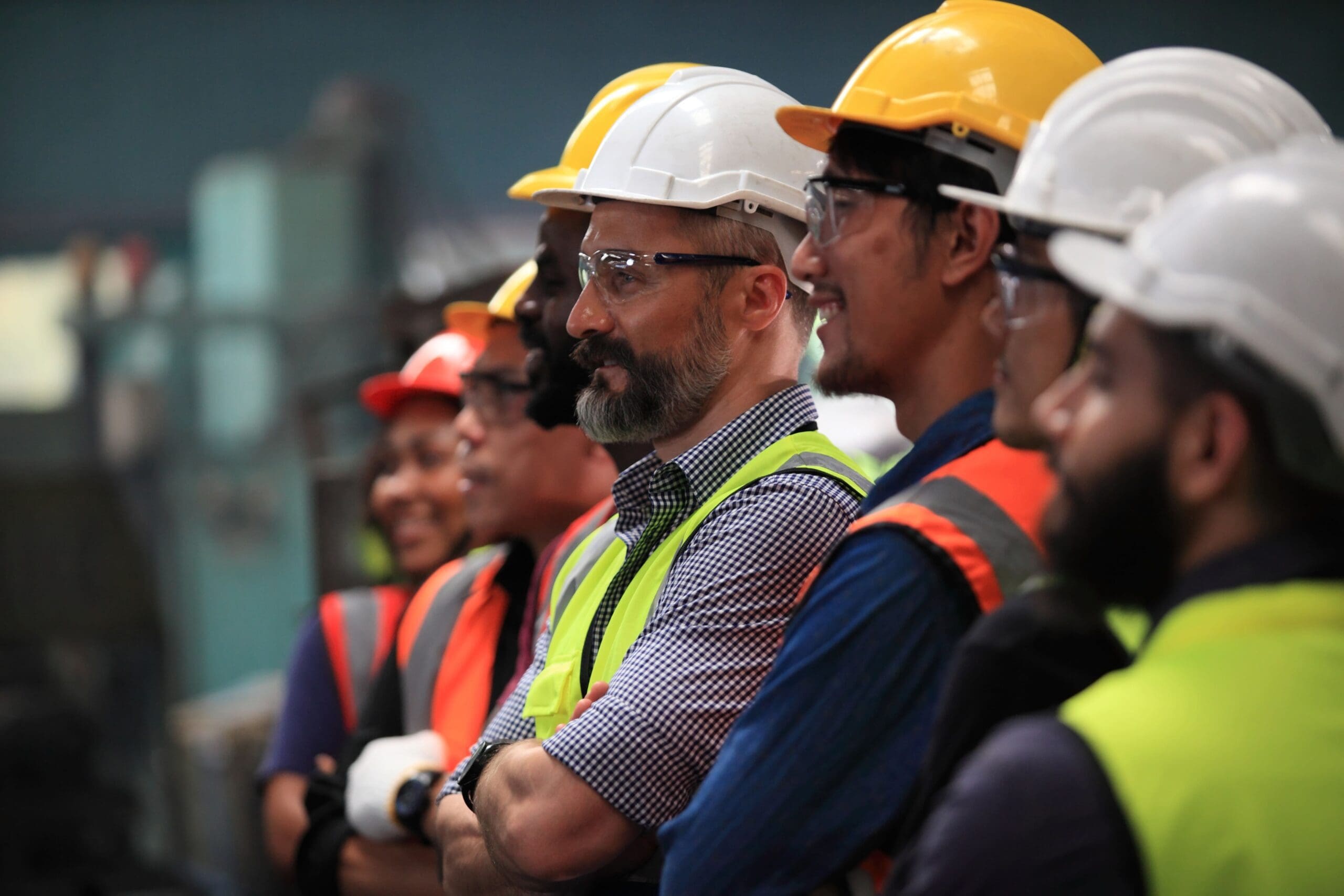
Let’s talk. Ask us anything.
Send one of the team a message
Why choose BES Group?
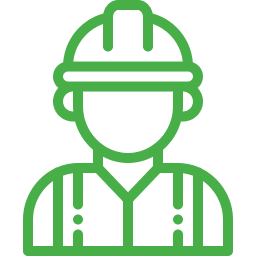
800+ expert engineers
Our team of skilled engineers possesses a wealth of expertise.
A legacy of 160+ years of experience
We’re always evolving our approach to future proof our services.

35,000 satisfied customers
A strong reputation for providing exceptional service.

An end-to-end solution
Servicing the full life cycle, from concept through to decommission.
Accredited assurance
Confidence assured with all relevant certifications and accreditations.
Frequently asked questions
Which Unmanned Aerial Vehicles (UAVs) do we use for Drone Inspections?
BES Group utilise custom-built DAKK Systems (DAKK CCTV Inspection System) by DAKK Engineering. These systems are designed and built to exact specifications, offering accuracy and dependability. DAKK systems are particularly effective in inspecting culverts and pipe systems, especially where silt, water, and other debris prevent traditional access.
Our range includes various models to suit different environments, such as:
- Large Crawler DAKK: Capable of climbing over debris.
- Mobile Push DAKK: Highly portable and efficient.
- Aqua DAKK Floating Robot: Designed for inspections in water-filled environments.
- Trak DAKK: Ideal for small culverts with reduced clearance.
What types of inspection methods use 1080 HD video recording, Infrared (IR) and Thermal Imaging?
Drone Inspections utilise the 1080 HD stills and videos captured to give a comprehensive and highly accurate understanding of the infrastructure. The high-quality data is gathered by the DAKK CCTV inspection system and analysed by our engineer-led team. The types of inspection methods that use video recording, IR and Thermal Imaging are vast, enabling adaptability and access solutions for different sectors and challenges.
- Infrared and Thermographic imaging
- Infrastructure video imaging and stills
- Topographical Surveys
- Coastal Erosion Surveys
- Quarry Topographic Surveys
- Light Detection and Ranging Surveys (LiDAR)
What situations would Drone Inspections be preferred to Traditional Access Methods?
At BES Group, we pride ourselves on putting safety first by utilising innovative technology for inspections. Drone Inspections can be used as an alternative to Traditional Access Methods for examination of critical infrastructure. Drones can ensure personnel are not at risk during the inspection and can reduce the cost for a lower-level technical inspection. Our engineers can remotely operate the UAVs to access the infrastructure and gather data around the asset’s integrity without risking their safety. Where we can use Drones instead of traditional access methods:
- Rope Access: we can use drones at challenging heights, where rope access is not a safe option for the inspection of infrastructure, to avoid risks to personnel.
- Confined Space Access: we can use drones to access confined spaces where the Confined Space Regulations 1997 restrict personnel from inspecting due to the risk of asphyxiation, toxic exposure, or entrapment.
- Suspended Access: we can use drones where suspended platform access solutions are not suitable for engineers to safely inspect the infrastructure.
- Diving: We can use drones, such as the Aqua DAKK Floating Robot, instead of diving because this may not be a viable option for the engineer to safely inspect the infrastructure.
What are Unmanned Aerial Vehicles (UAVs) and Remotely Operated Vehicles (ROVs)?
Unmanned Aerial Vehicles (UAVs) are drones that are controlled remotely by an engineer to carry out aerial inspections of infrastructure. Remote Operated Vehicles (ROVs) are remotely operated drones that can be utilised on land or underwater in challenging environments to carry out inspections of infrastructure.
UAVs and ROVs can be equipped with high-resolution cameras and multispectral and hyperspectral sensors, depending on your inspection needs. This technology enables immediate data collection and analysis about structures that cannot be safely reached by an inspector. Drones can be used where a visual inspection and survey are required.
What is the Civil Aviation Authority (CAA)?
The UK Civil Aviation Authority (CAA) is a public corporation established by the UK Parliament in 1972. They are an independent specialist aviation regulator and work to manage the UK’s aviation industry to ensure:
- The industry meets the highest safety standards.
- Efficient use of the airspace to ensure the environmental impact of aviation on local communities is effectively managed and CO2 emissions are reduced.
- The aviation industry manages security risks effectively.
Sectors we service
Dive into the diverse landscapes where BES Group sparks innovation and drives impact.


Let’s talk. Ask us anything.
Send one of the team a message
Insights & news
Browse our latest articles
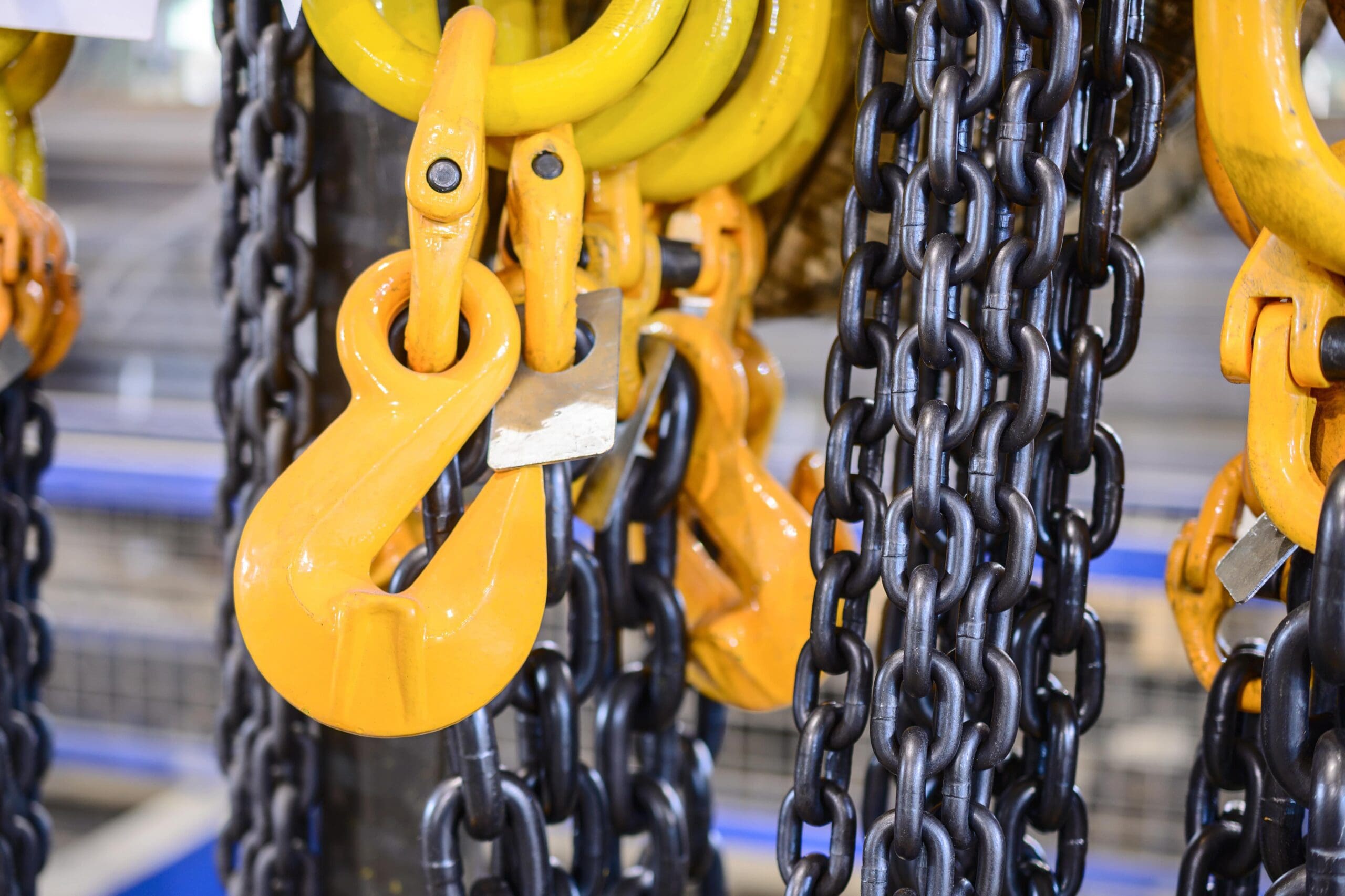
BES Group expands into Europe with ECH Groep acquisition
Acquisitions BES Group News Inspection

Ensure Your Assets Are Winter-Ready with Pre-Winter and Post-Winter Storage Tank Inspections
Inspection
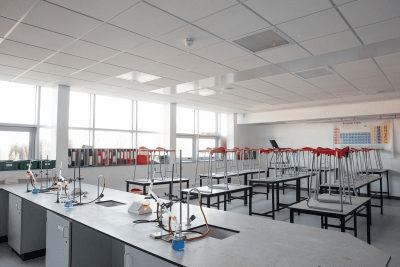
School Shutdowns: A Comprehensive Guide on Electrical Equipment Maintenance
Electrical Inspection
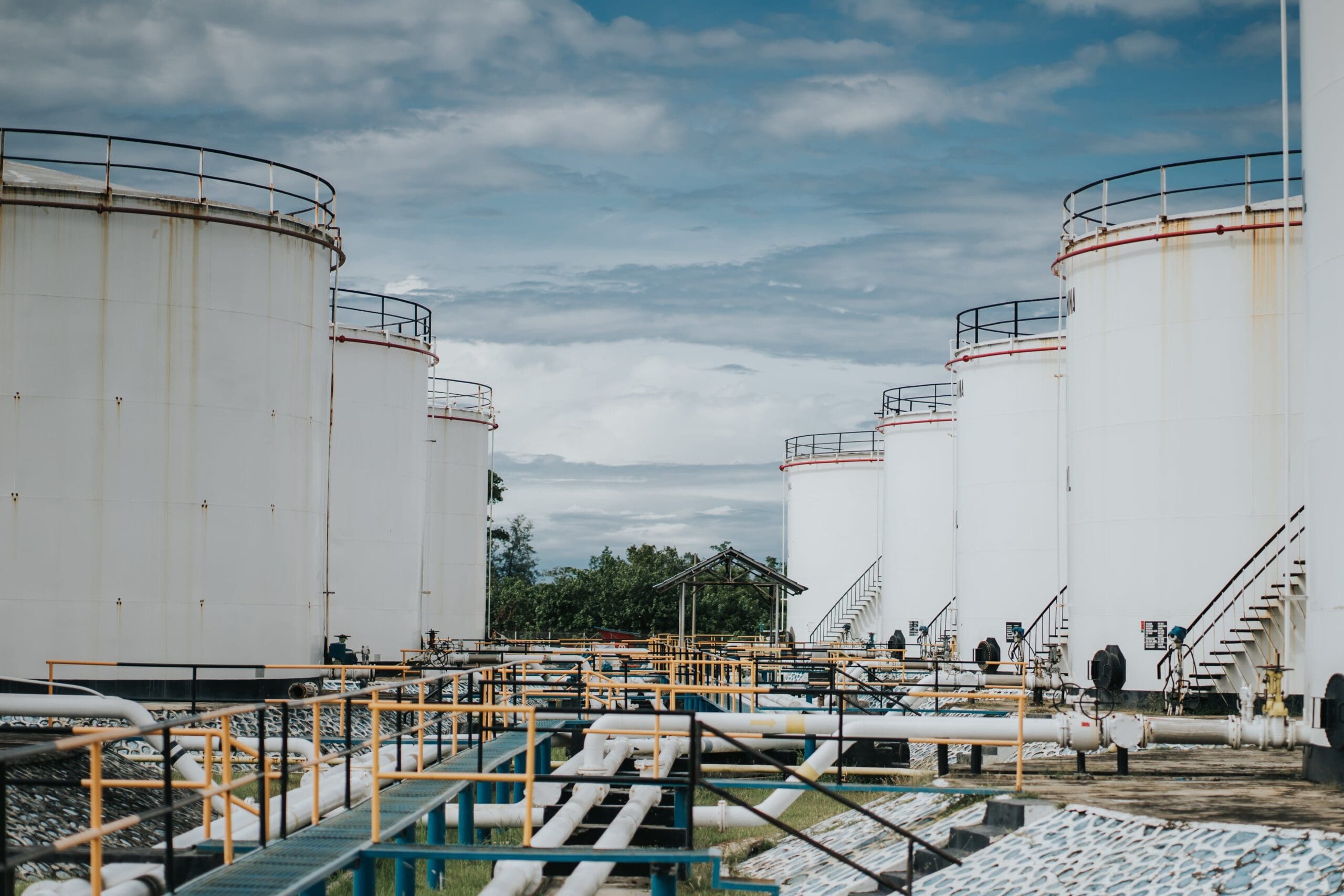
Storage Tank Inspections: Your Commonly Asked Questions
Inspection
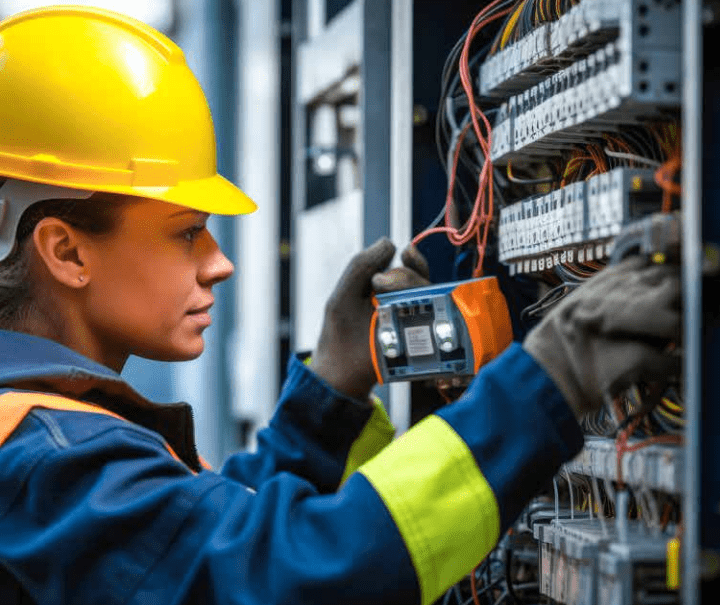
Factory Shutdowns: How to Manage Your Maintenance Operations Efficiently
Asset Reliability Electrical Inspection Testing
Other similar services...
Looking for something else? Explore similar services...
Let’s get you to the right person, fast.
Thank you, enquiry submitted!
Please check your inbox. We have sent you an email receipt of your enquiry.
We treat every enquiry with the upmost urgency. We’ll aim to get in touch with the relevant BES Group specialist and get back to you as soon as possible*.
Thank you again and have a great day.
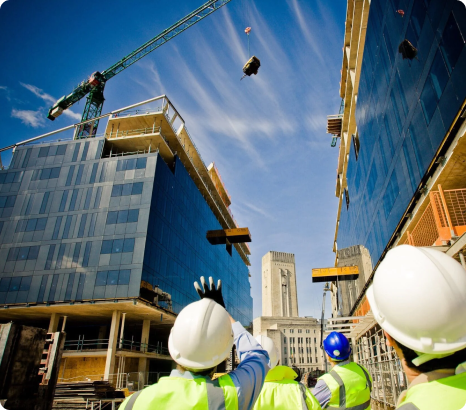 About BES Group
About BES Group Accreditations & Credentials
Accreditations & Credentials Our Environmental, Social & Governance
Our Environmental, Social & Governance Careers at BES Group
Careers at BES Group Our Senior Leadership Team
Our Senior Leadership Team